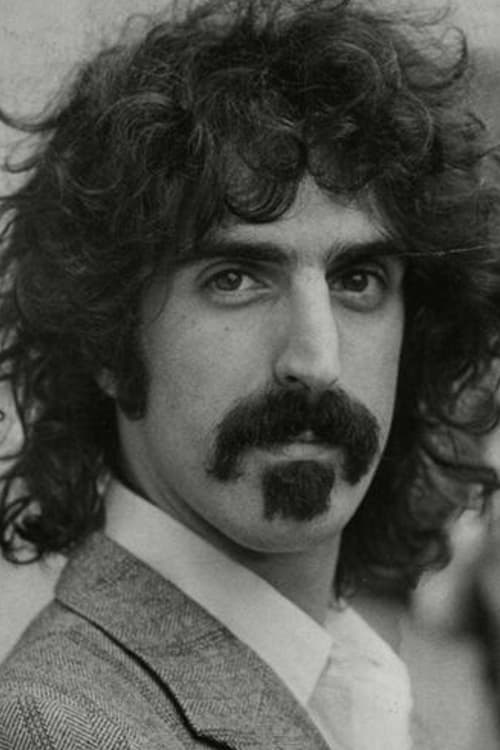Frank Zappa: We Don't Mess Around (1978)
Circus Krone 1978
Género : Música
Tiempo de ejecución : 0M
Director : Ulrich Schramm
Sinopsis
Tracklisting: 1. Pound for a Brown 2. Baby Snakes 3. Deathless Horsie 4. Dancin' Fool 5. Easy Meat 6. Honey Don't You Want A Man Like Me 7. Keep It Greasey 8. Why Does It Hurt When I Pee? 9. Sofa #2 10. Vinnie's Seal Call Fusion Music 11. Bobby Brown 12. Conehead 13. Dead Air/I'm On Duty 14. St. Alphonzo's Pancake Breakfast 15. Father Oblivion 16. Rollo 17. Bamboozled Outro
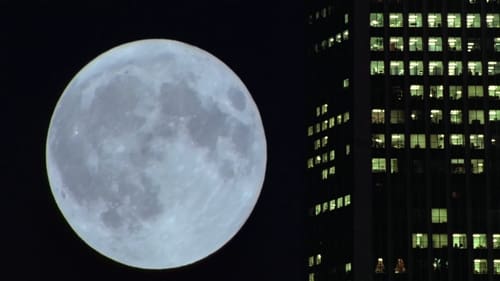
Realizado entre los años 1975 y 1982, "Koyaanisqatsi" -primera parte de lo que sería luego una trilogía formada por Koyaanisqatsi (1982), Powaqqatsi (1988) y Naqoyqatsi (2002)- es un singular documental que refleja la colisión entre dos mundos obligados a convivir: por un lado la vida de los hombres en la sociedad moderna, la vida urbana y occidental, llena de tecnología, ciencia y consumismo. Por otro la naturaleza y el medio ambiente del planeta Tierra. Sin voz humana, tan sólo con el poder de las imágenes y la banda sonora minimalista de Philip Glass, Godfrey Reggio presentó este documental ante 5000 personas el 4 de Octubre de 1982 en el Radio City Hall de Nueva York, convirtiéndose al instante en un documental de culto.

A musician tries to get by working several jobs.
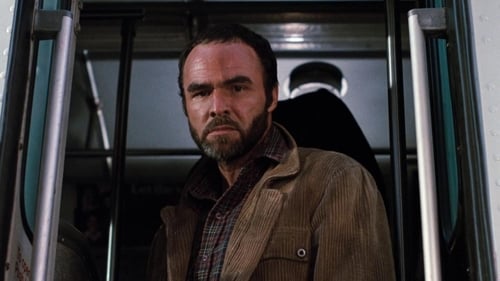
Sharky (Reynolds) es un agente de narcóticos de Atlanta, degradado al departamento antivicio por la muerte de un ciudadano mientras perseguía a un narcotraficante. Cuando llega a este departamento, considerado como lo más bajo del departamento de policía, consigue que le asignen la vigilancia de una prostituta de lujo (Rachel Ward), que trabaja para un poderoso dirigente de la mafia llamado Victor Score (Vittorio Gassman), y la cual esta viéndose con un candidato a gobernador.
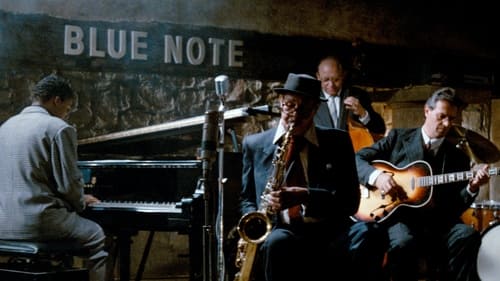
Una noche de 1959, en París, un debilitado músico de jazz asombra a la clientela del club “Blue Note” con el elocuente sonido de su saxo. Fuera del local, un hombre demasiado pobre como para pagarse un vaso de vino lo escucha entusiasmado. Pronto, a ambos les unirá una gran amistad. Se basa en las vidas del pianista Bud Powell y del saxofonista Lester Young. (FILMAFFINITY)

Jun es un joven introvertido que ha asesinado al cliente de un bar gay. Shiro ha conocido la violencia desde su más tierna infancia. Encerrados en la misma prisión, y pese a sus aparentes diferencias, entre ambos se establecerá una estrecha relación que se verá interrumpida por un misterioso crimen.

América años 30. Emmet Ray es un genio del jazz, un guitarrista magistral, sólo superado por el hombre que le obsesiona: el legendario Django Reinhardt. Sin embargo, en cuanto baja del escenario Emmet se convierte en un tipo arrogante, zafio y mujeriego que bebe demasiado y que disfruta disparando a las ratas. En definitiva, él sabe que es un músico de jazz con talento, peor también que su licenciosa vida de jugador y bebedor, su tendencia a meterse en problemas y su incapacidad para comprometerse le impide alcanzar la cima profesional y sentimental. Un día Emmet conoce a Hattie, una chica muda con la que comienza una relación demasiado seria para su gusto.
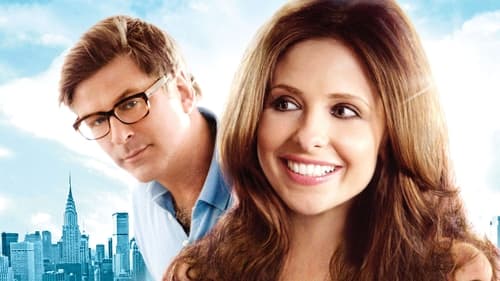
Brett Eisenberg es una ingenua pero ambiciosa editora que trabaja en una de las mejores editoriales de Manhatan. Su modesta vida transcurre entre los ratos que pasa con su mejor amiga Chloe y los que no pasa con su novio, eternamente viajando. Pero su empeño por prosperar la lleva a coincidir con el poderoso magnate del mundo editorial Archie Knox. El destino quiso que él se fijara en ella, y a partir de entonces su vida cambia por completo.
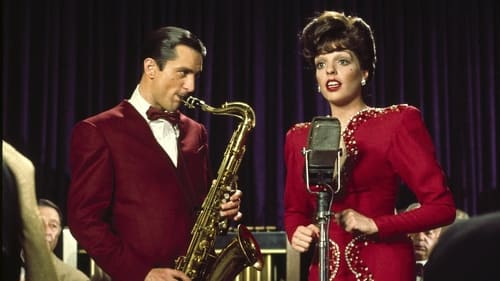
Jimmy es un impetuoso y seductor saxofonista que aspira a formar parte de una gran banda. Francine es una tímida cantante de bar que sueña con ser famosa. Cuando se conocen, surge entre ellos una atracción inmediata y, cuando él toca y ella canta, consiguen hacer temblar los rascacielos. Es el comienzo de una tormentosa relación que pondrá a prueba su capacidad para encontrar el equilibrio entre su pasión por el jazz y el amor que los une.
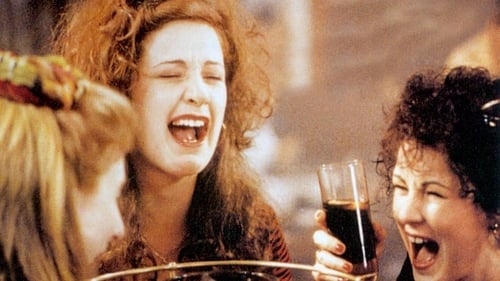
Los miembros de una familia numerosa irlandesa reaccionan de forma distinta ante la noticia de que la hija mayor está embarazada, sobre todo, porque ni siquiera tiene novio; así que sus familiares están intrigados por saber quién es el padre de la criatura.

In this short film Bert Haanstra gives his vision - from the water – of a tranquil Holland. During filming he held the camera upside down and afterwards put the images ‘up right’ again in the film. By doing this, we see the ‘usual’ waterfront, but transformed by the rippling of the water. In this way Mirror of Holland became a modern looking experimental film. However this did not devalue the Dutch sentiment regarding waterfronts that are so trusted to so many.

In a surreal meeting filled with countless individuals from a variety of backgrounds, nine people recount how sex and sexuality have been used to exert control over their lives. Regardless of race, sexual orientation, nationality, social class, religion, or gender, all are equally shattered and all are equally victims. Those that recount their experiences show that the power / sex dynamic can come in many forms. Whether the power is taken away by physical or psychological means, and regardless of whether it is perpetrated by an individual, institution, or society, the results are equally devastating.

A free flow from photography to geometric abstraction hand-painted by Breer. - Harvard Film Archive

A (barely) two minute short is that it was made specially for a Paramount newsreel segment on Bute and Nemeth making films in their teensy New York apartment. Paramount apparently never got round to including the filmmakers in any newsreel, but their own film survived in the Bute-Nemeth Archive. (weirdwildrealm.com) To the rhythm of music that sounds a bit like a Busby Berkeley tune, lines and circles appear against a black background. Then triangles, in groups. Black and white squares move in tandem. Sparkling forms turn in kaleidoscopic patterns. Then cubes appear, white against the background, bouncing; a yin and yang rotate a few times before the film ends with an quick burst of scattering light.

Zdenek Pešánek created the first public kinetic sculpture, for the power station in Prague. This short experimental film focuses on a kinetic sculpture by Zdenek Pešánek. For a period of eight years it issued beams of light from the outside wall of a transformer station at Prague’s power utility before its destruction in 1939. Though genuine, these shots seem abstract to us. They are a rhythmically assembled ode to the light-creating devices and phenomena of electricity. Light arcs, coils, bulbs and various luminous elements support the alternation of positive and negative film images, creating an impressive universe of light and shade. In the 1920s, Pešánek had obtained financial support for his work with electric kinetic light art. In the 1930s, he was the first sculptor to use neon lights. He built several kinetic light pianos, and published a book titled “Kinetismus” in 1941. —http://www.centerforvisualmusic.org

Harry for the Holidays" is both a traditional and musically adventurous Christmas television special, shot in high definition and originally broadcast on NBC in 2003. The unusual yet beautiful setting is the historic interior of the Bowery Savings Building/Cipriani 42nd Street; one can see an occasional car flash by through windows behind Harry Connick Jr. and his Big Band. Connick's program includes holiday standards but his arrangements are novel, cutting against the melodiousness of the likes of "Silver Bells" or "Frosty the Snowman" with edgy strings, sizzling brass, and complex rhythms. "Santa Claus Is Coming to Town" and "The Happy Elf" swing like nobody's business, while "Silent Night" shifts from blues to ballad to gospel in a collaboration between Connick, Marc Anthony, and Kim Burrell. Whoopi Goldberg and Nathan Lane turn up for some cute sketches, and there's a bonus: Connick and Burrell doing the lovely "I Pray on Christmas," not seen in the NBC broadcast.

Harry Connick, Jr. has redefined the art of jazz piano and vocals. His repertoire ranges from stylish and witty interpretations of jazz standards to his own compositions, arranged for solo piano, jazz trio and big band. Singin' & Swingin' charts Harry's exploration of this musical style, in videos for five songs, and in three songs filmed live at London's Dominion Theatre for this home video, plus an exclusive interview.

Neil Finn brings together some of his musician friends from around the globe for an awesome series of concerts at the St. James theatre in Auckland, New Zealand. Includes performances with Johnny Marr, Eddie Vedder and Radiohead's Ed O'brien and Philip Selway. Along with kiwi artists Tim Finn and Betchadupa.
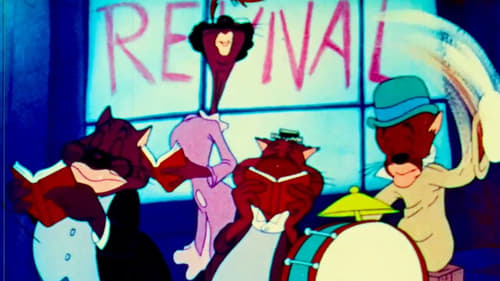
A jazz cartoon involving a "Fats Waller"-like cat who leaves the "Uncle Tomcat Mission" for the local jazz club.

"Single Frame sequences of TV or film images, with periodic distortions of the image. The images are airplanes, women men interspersed with pictures of texts like: 'silence, genius at work' and 'ich liebe dich.' The end credit is 'Television décollage, Cologne, 1963."

In 1969, the painter-sculptor Daniel Pommereulle made his third film, this one financed by Sylvina Boissonnas. Although only a short, Vite was one of the most costly of all the Zanzibar productions. It features, for instance, shots of the moon taken by a state-of-the-art telescope, the Questar, that Pommereulle first saw while visiting Marlon Brando in southern California in 1968. In Rohmer’s La Collectionneuse, Pommereulle and his friend Adrien philosophize on how best to achieve le vide (emptiness) during their summer holidays. Three years later, Pommereulle would transform the word “vide” to “vite” (quickly), signifying his profound disenchantment with the aftermath of the revolution of May ’68. —Harvard Film Archive

